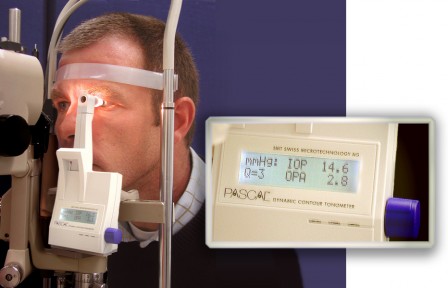Glaucoma screening tests
Vision loss caused by glaucoma cannot be recovered. This is why early diagnosis and treatment can prevent intensive damage of the optic nerves and vision loss. The first step is a full eye check up.
- Medical History
During the exam your doctor will ask
If you have any relatives with glaucoma
If there is any medication you receive
If you had health issues such us heart problems, hypertension or diabetes
If you ever had an eye injury
- Measuring the IOP
The pressure that builds up inside the eye is called intraocular pressure (IOP). The High pressure is usually a sign of glaucoma. To measure to the IOP your doctor will use an instrument called tonometer. This device will deliver a small air puff on your eye, or may touch it after your eye has been numbed with eye drops.
- Gonioscopy
The doctor will also examine your eyes with a special lens called gonioscopy lens. This lens allows your doctor to evaluate the internal drainage system of the eye, also referred to as the anterior chamber angle. The “angle” is where the cornea and the iris meet. This is the location where fluid inside the eye (aqueous humor) drains out of the eye and into the venous system.
- Optic disk examination
Your doctor will examine the optic disks of your eyes for any signs of damage or nerve fiber loss. Special eye drops that dilate your pupils will be used before this examination, so the doctor can have full visual access to the back of your eye. Then the doctor will use special magnifying lenses and a lighting instrument to examine the optic disk.

- Visual Fields test
The visual field test is a subjective measure of central and peripheral vision, or “side vision,” and is used by your doctor to diagnose, determine the severity of, and monitor your glaucoma. The most common visual field test uses a light spot that is repeatedly presented in different areas of your peripheral vision. You will have to click a small button every time you perceive a beam of light. The results of the examination are analyzed with the help of a computer, and they are printed on point.


